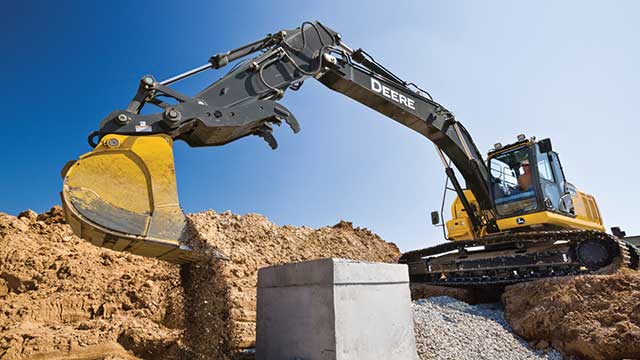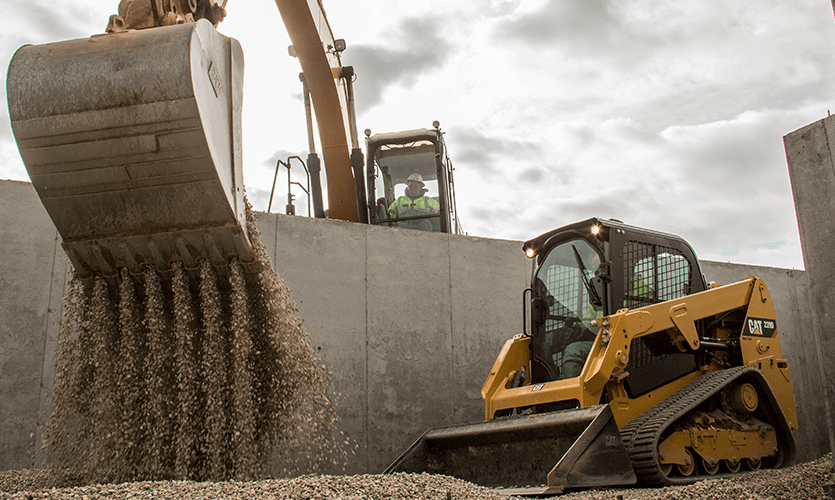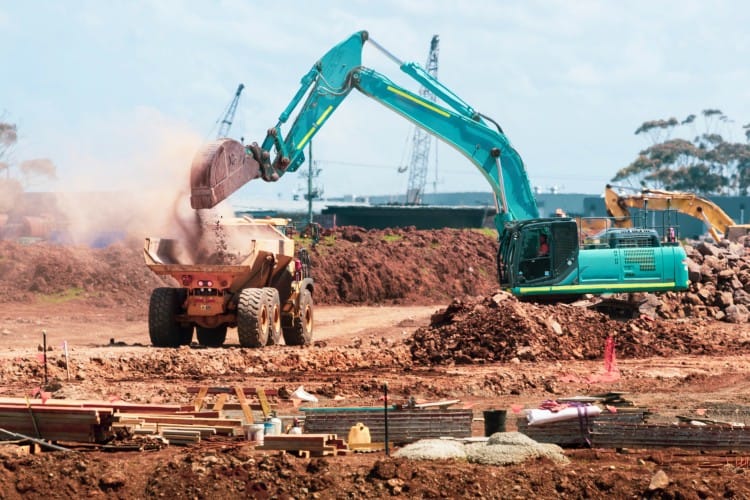Aspects to Assess When Renting Building Tools for Cost-Effective Workflow
When considering the rental of building devices for cost-efficient procedures, various factors come into play that can significantly impact the general task expense. Evaluating devices specs, rental terms, upkeep expenses, job period, and carrying out a detailed price evaluation are vital actions in making sure ideal monetary efficiency and operational success.
Devices Requirements

Variables such as fuel usage, operating rate, and innovation integration contribute to tools effectiveness. By prioritizing functionality, sturdiness, and performance in devices specifications, building task managers can improve operational performance and inevitably attain effective job outcomes.
Rental Terms
To guarantee a clear understanding of the terms associated with renting building devices, it is critical for job supervisors to carefully examine and bargain the rental agreement (equipment rental company). Rental terms encompass various elements that can considerably impact the total price and effectiveness of a construction task. Key aspects to take into consideration include the rental duration, pricing structure, payment terms, maintenance obligations, insurance protection, and arrangements for tools malfunctions or breakdowns
When evaluating the rental agreement, project supervisors need to pay attention to the duration of the rental duration. Comprehending whether the rental charges are based upon a hourly, daily, weekly, or month-to-month price is crucial for budgeting and organizing purposes. Additionally, clarifying the settlement terms, such as in advance costs, down payment, and fines for late repayments, can help avoid unforeseen economic concerns.
Clearly outlining who is responsible for regular maintenance, repair services, and maintenance can guarantee that the devices stays in optimum problem throughout the rental period. By carefully analyzing and negotiating the rental terms, task supervisors can secure cost-effective tools leasings that meet their task requirements.
Upkeep Prices

Some rental business provide maintenance packages that cover these costs, while others might call for tenants to bear the full maintenance expenditures. By budgeting for maintenance costs useful reference in advance and sticking to advised servicing timetables, renters can alleviate unforeseen expenditures and take full advantage of the efficiency of the rented out construction devices.
Job Duration
A clear understanding of the job timeline permits for better planning and application of tools, making sure that the right devices are readily available for the essential duration without sustaining unneeded prices. By straightening the rental period backhoe loader with the task timetable, construction firms can maximize the usage of equipment, lessen downtime, and ultimately accomplish price financial savings on their jobs. Analyzing and properly approximating the project period is a crucial variable in renting construction equipment for ideal cost-effectiveness.
Price Evaluation
Aligning the task period with a detailed cost analysis is crucial in enhancing the financial performance of renting out construction tools. Performing a complete expense evaluation includes greater than simply comparing rental prices. It requires assessing extra expenditures such as transport, upkeep, insurance policy, and possible downtime costs. By thinking about these variables, you can make informed decisions that add to overall cost-effectiveness.
One vital facet of expense evaluation is comprehending your project's specific tools requirements. Renting out equipment that is either underutilized or overused can cause unnecessary expenses. Analyzing the project needs and picking the appropriate kind and amount of devices can aid reduce expenses while guaranteeing functional efficiency.
Additionally, contrasting the prices of buying versus renting devices is crucial. While leasing may seem affordable for temporary tasks or specific equipment, acquiring could be extra affordable for lasting or often made use of equipment. By weighing the pros and cons of both alternatives, you can make strategic options that align with your budget plan and job goals.
Final Thought
To conclude, examining factors such as equipment specifications, rental terms, maintenance costs, visit the website project duration, and price analysis is critical when renting construction equipment for cost-effective procedures. By thoroughly considering these variables, construction business can guarantee they are getting one of the most worth out of their devices services and ultimately save money on their tasks. It is important to focus on cost-effectiveness and effectiveness in all elements of building operations.
Assessing tools specifications, rental terms, upkeep prices, task duration, and performing a detailed price analysis are important steps in making certain optimum economic efficiency and functional success. By focusing on performance, sturdiness, and effectiveness in tools requirements, construction job supervisors can improve functional performance and ultimately accomplish effective job outcomes.

By aligning the rental period with the task schedule, building and construction business can optimize the usage of equipment, decrease downtime, and ultimately achieve cost financial savings on their projects.In conclusion, evaluating elements such as equipment requirements, rental terms, upkeep prices, job duration, and cost analysis is vital when renting out construction devices for cost-effective procedures.